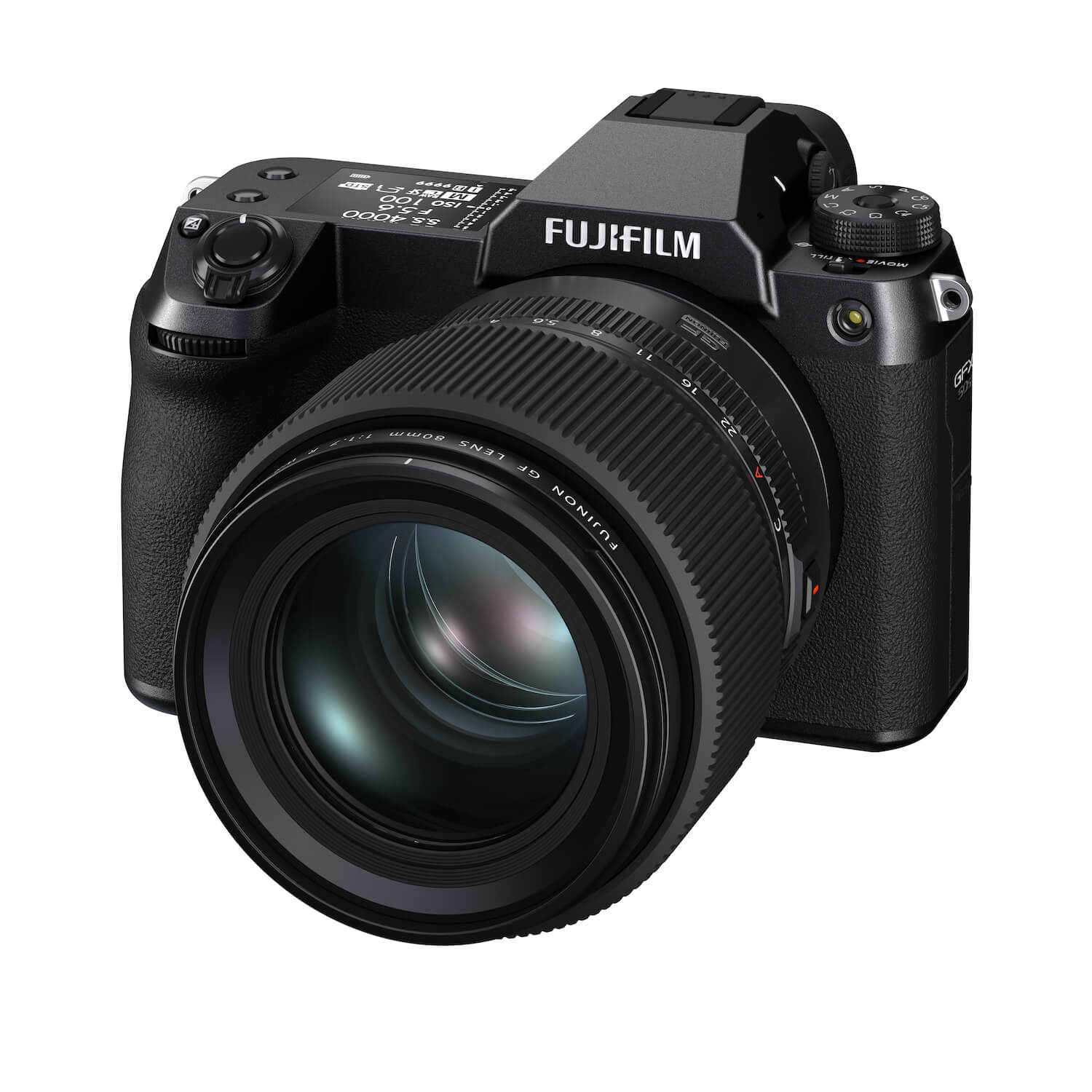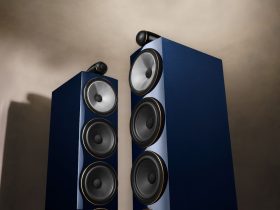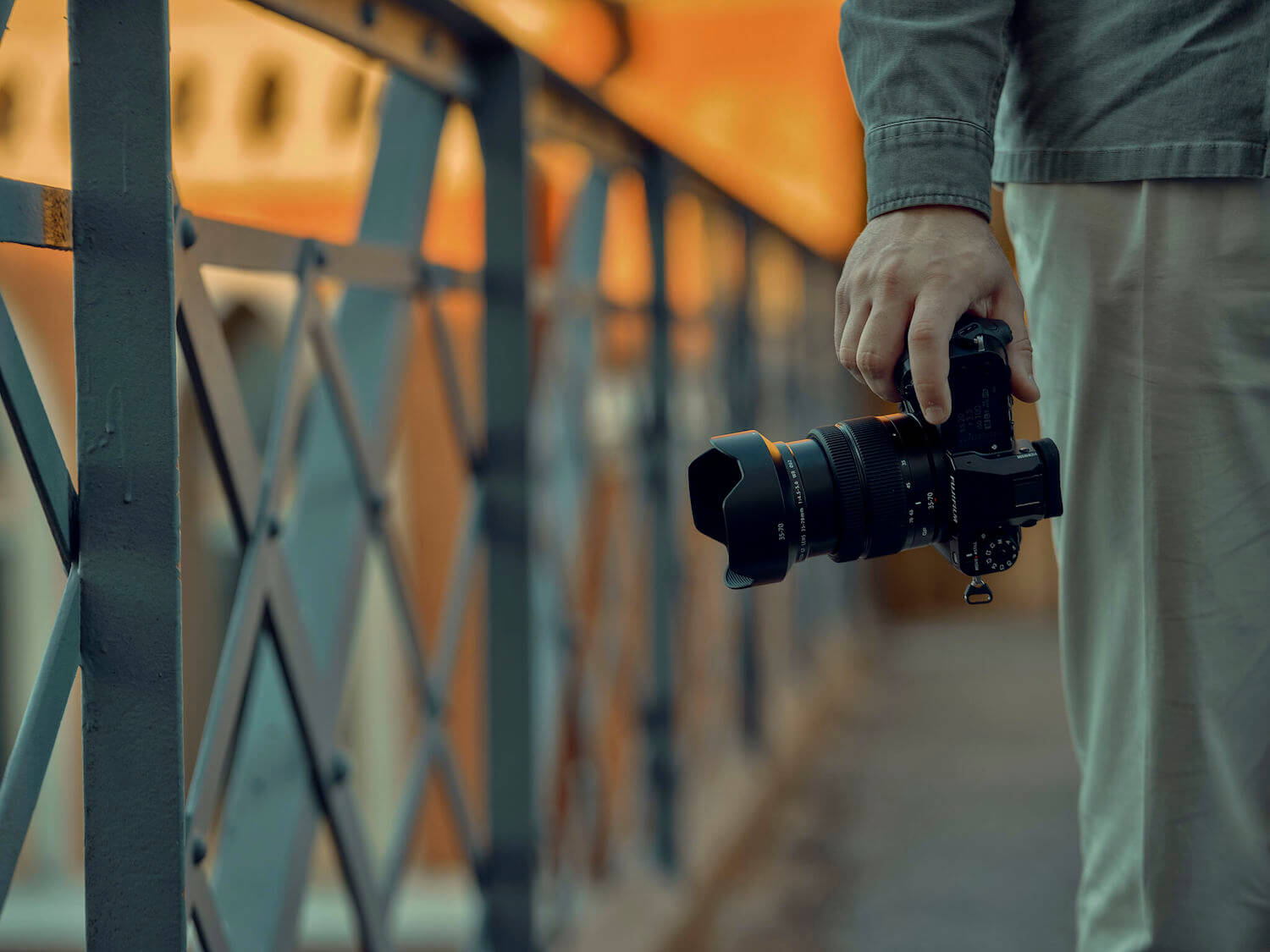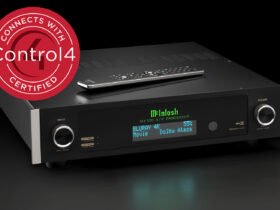Fujifilm North America Corp. has introduced its latest large format sensor mirrorless digital camera, the GFX50S II, which is also the latest addition to its GFX system line.
The GFX50S II is equipped with a 51.4MP large format sensor. Light is recorded to the pixel which is 1.7 times that of a full-frame sensor to achieve a wide dynamic range and a high signal-to-noise ratio, says Fujifilm. One of the strengths of the large format sensor, the company explains, is its ability to produce a very shallow depth of field, which, when complemented by the edge-to-edge sharpness of Fujifilm’s GF lenses, accentuate the main subject against a
blurred background for added three-dimensional definition.
“GFX50S II offers the perfect mix of accessibility and flexibility,” says Victor Ha, Senior Director of Marketing and Product Development for Fujifilm North America Corporation, Electronic Imaging Division. “With professional features that include 19 Film Simulation modes, advanced autofocusing, and a vast range of exposure controls, GFX50S II provides limitless opportunities for creativity.”

GFX50S II uses a specialized design with small, light-collecting micro lenses on the sensor which create a wide gap between adjacent pixels, thereby maximizing light resolution per pixel. Having a large, light-receiving area per pixel results in excellent ISO sensitivity, dynamic range and tonality, controlling highlight / shadow clipping while conveying the subject’s texture, definitions and even the atmosphere of the scene in precise detail, says Fujifilm.
The camera comes with 19 Film Simulation modes, including “Nostalgic Neg.,” originally launched in Fujifilm’s GFX100S, and characterized by high saturation and soft tonality. Photographers can use Film Simulation presets, designed for various subject types and scenes, while checking how they affect the final image in Live View.
The five-axis image stabilization mechanism provides up to 6.5 stops, the highest in the GFX system. Made possible with the use of a high-performance gyro sensor and accelerometer that can detect motions at high accuracy, the gyro sensor has been structured for detection accuracy and precise image stabilization.
Rather than being mounted on a tripod for slow and careful shooting, GFX50S II can produce superior image quality even when shooting hand-held, thanks to its image stabilization capabilities.
The fast and high-precision AF system is assisted by the powerful large format high resolution sensor, Fujifilm’s high-speed image processing engine “X-Processor 4”, and an image stabilization mechanism, operated with Fujifilm’s latest algorithm. During the contrast detection process for AF, the built-in image stabilization mechanism controls sensor motion blur to provide speed and accuracy to the AF performance.

The GFX50S II features more accurate AF in Face / Eye Detection compared to a previous model (GFX50S). The ability to quickly attain focus despite using the large format sensor with a shallow depth of field assists users greatly when shooting portraits with movement.
The use of the in-body image stabilization (IBIS) mechanism and shutter unit has been combined with optimized layout of various devices to achieve a logic-defying compact body for a large format camera, weighing approximately 37.1 ounces (900g) and measuring 4.1 inches
(104.2mm) high and 3.4 inches (87.2mm) deep.
The grip has been shaped so that the camera sits comfortably in the hand, ensuring comfort by significantly reducing the hand strain commonly experienced when using a large zoom lens.
The casing is made of highly rigid magnesium alloy. Provided thickness around the base of the lens mount has made the camera body highly durable. GFX50S II is also weather-resistant at 60 locations, offering dust and moisture-resistance and the ability to operate in temperatures as low as 14F (-10°C) when used with a weather-resistant FUJIFILM XF or GF lens.
The top panel features the Mode dial, typically seen in many digital cameras, so that users can handle the camera in a familiar fashion. It offers six customizable positions, C1 – C6, allowing users to register their choice of functions to each of the positions and activate them quickly for a smooth photo shoot, with the ability to instantly switch between the still and video modes for added convenience.
The use of a flat-shaped Focus Lever reduces physical discomfort even after extended use. It responds with enhanced sensitivity when moving the focus point, allowing users to attain focus at the intended location quickly.
The customizable 1.8-inch sub LCD monitor is found on the top panel, displaying key EXIF settings such as shutter speed, aperture, ISO sensitivity and exposure. Additional information displayed includes the number of frames remaining when shooting stills and the remaining filming duration when recording video. On the rear panel is a 3.2-inch main LCD monitor with 100% coverage. It can tilt in three directions to enable high- and low-angle shooting, in situations in which the electronic viewfinder (EVF) cannot be easily used.
The GFX50S II features the Pixel Shift Multi-Shot function, capable of creating 200MP images almost entirely free of false colour presentation. The ability to reproduce a photo’s colours, texture, and even its atmosphere in fine details makes the camera a perfect choice for archiving, says Fujifilm. Large artworks and historical artifacts, previously difficult to photograph in detail because of their size, can be captured in precise details in edge-to-edge clarity.
This function uses the camera’s IBIS to shift the image sensor by 0.5 pixel to incrementally record 16 RAW images and combine them into a single Digital Negative (DNG) RAW file in the software “Pixel Shift Combiner,” producing an ultra-high-definition 200MP image.
Fujifilm’s GFX50S II is expected to be available in Canada in late October, 2021, at an MSRP of $5,000. A GFX50S II camera/lens kit featuring the GF35-70mmF4.5-5.6 WR lens is expected to be available for $5,625.









